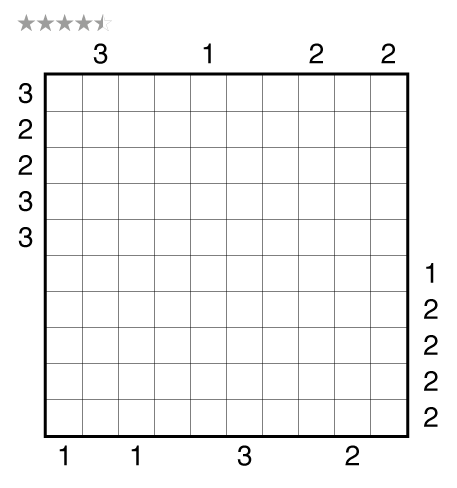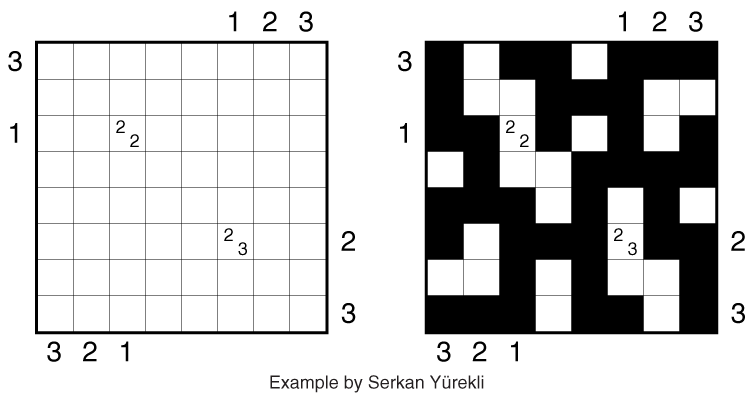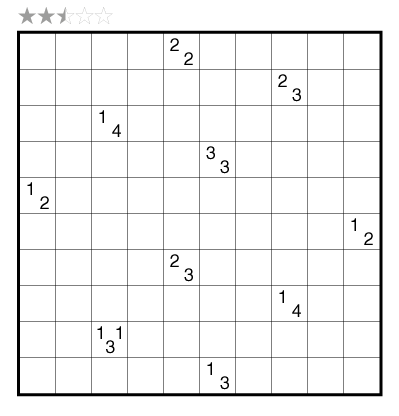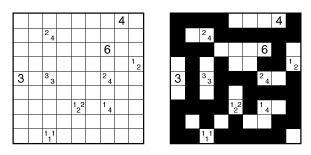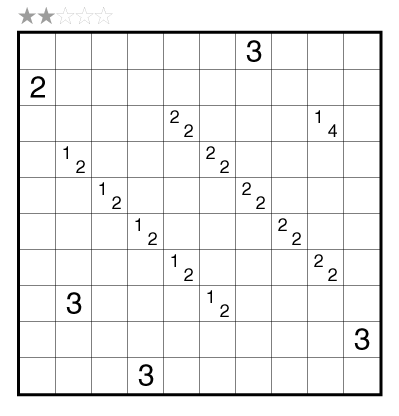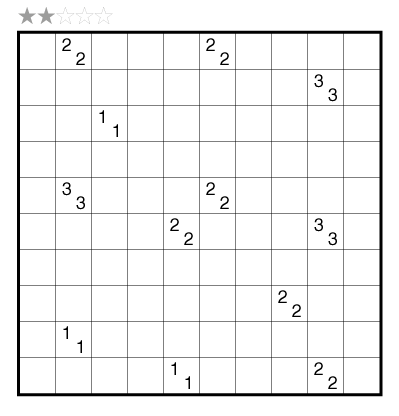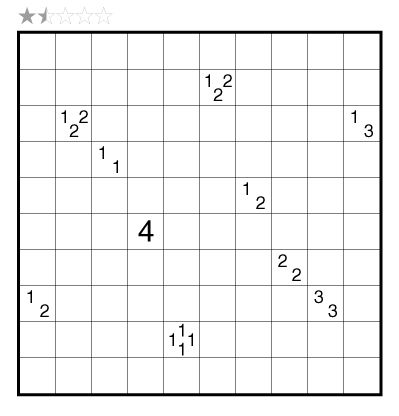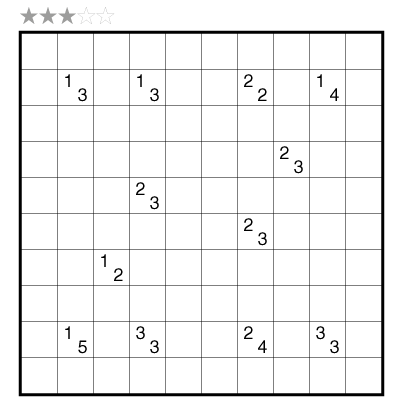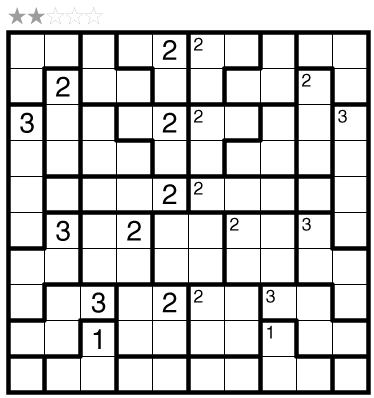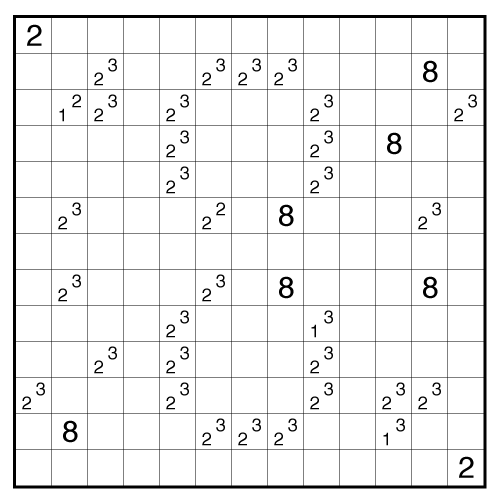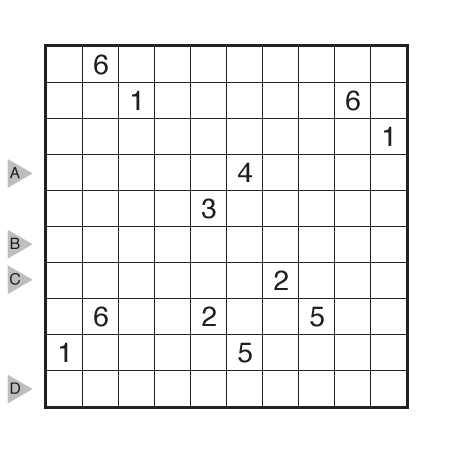Tapa (Double) by Serkan Yürekli
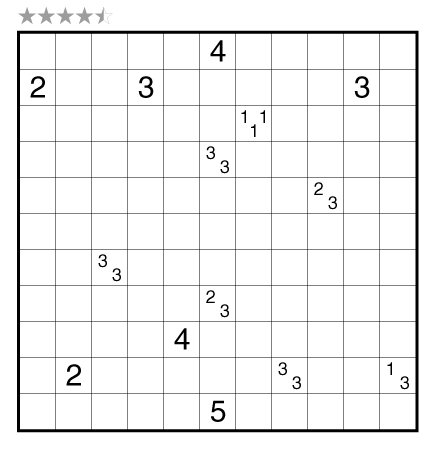
or solve online (using our beta test of Penpa-Edit tools; use tab to shift between shading mode and the composite Yajilin mode where left click marks cells, right click marks dots in cells or X’s on edges, left click+drag draws lines.)
Theme: Prisoner
Author/Opus: This is the 285th puzzle from our managing editor Serkan Yürekli.
Rules: Standard Tapa rules. Additionally, shade two separate Tapa walls that do not overlap or cross each other. All digits in a clue cell refer to the shading of just one Tapa wall within the puzzle and provide no information on the shading of the other wall around that clue.
See also this example:
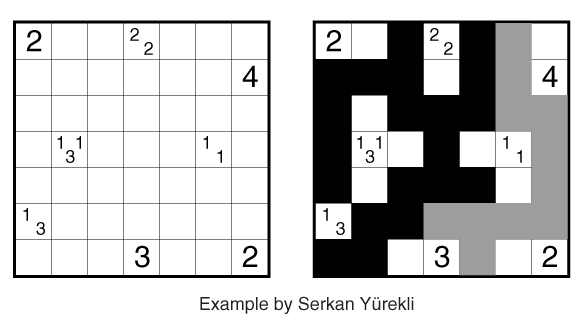
Difficulty: 4.5 stars
Time Standards (highlight to view): Grandmaster = 3:45, Master = 11:45, Expert = 23:30
Solution: PDF
Note: Follow this link for classic Tapa and this link for Tapa variations. If you are new to this puzzle type, here are our easiest Tapa puzzles to get started on. More Tapa puzzles can be found in The Art of Puzzles, in Tapa and Variations, and in our beginner-friendly collection Intro to GMPuzzles, all by Serkan Yürekli.

